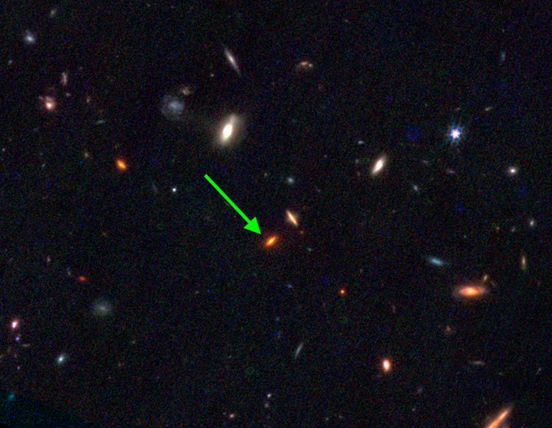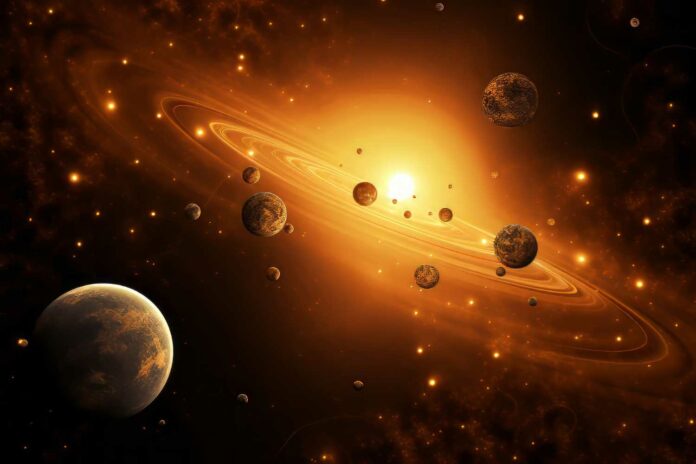New observation of a stellar population could turn our understanding of- galaxy formation and dark matter’s nature- upside down. The observations made using JWST reveal a massive galaxy from more than 11 billion years ago that should not exist.
The galaxy– ZF-UDS-7329- has an ancient population of stars formed much earlier – 1.5 billion years earlier.
Swinburne University of Technology’s Distinguished Professor Karl Glazebrook said, “We’ve been chasing this particular galaxy for seven years and spent hours observing it with the two largest telescopes on earth to figure out how old it was. But it was too red and too faint, and we couldn’t measure it. Ultimately, we had to go off earth and use the JWST to confirm its nature.”

“This was very much a team effort, from the infrared sky surveys we started in 2010 that led to us identifying this galaxy as unusual, to our many hours on the Keck and Very Large Telescope where we tried, but failed to confirm it, until finally the last year where we spent enormous effort figuring out how to process the JWST data and analyse this spectrum.”
Dr Themiya Nanayakkara, who led the spectral analysis of the JWST data, says, “We are now going beyond what was possible to confirm the oldest massive quiescent monsters that exist deep in the Universe.”
“This pushes the boundaries of our current understanding of how galaxies form and evolve. The key question now is how they form so fast, very early in the Universe, and what mysterious mechanisms lead to stopping them from forming stars abruptly when the rest of the Universe is doing so.”
The discovery of extremely massive galaxies in the early Universe is challenging the current understanding of cosmology. The standard model suggests that it’s unlikely that such massive galaxies- hosted by massive dark matter structures- could have formed so early in the Universe’s history. More observations are needed to understand these galaxies and their prevalence better. These observations will help scientists determine just how common these galaxies are and shed light on how maasive they are.
Distinguished Professor Glazebrook hopes this could be a new opening for our understanding of the physics of dark matter.
Journal Reference:
- Glazebrook, K., Nanayakkara, T., Schreiber, C. et al. A massive galaxy that formed its stars at z ~ 11. Nature (2024). DOI: 10.1038/s41586-024-07191-9
